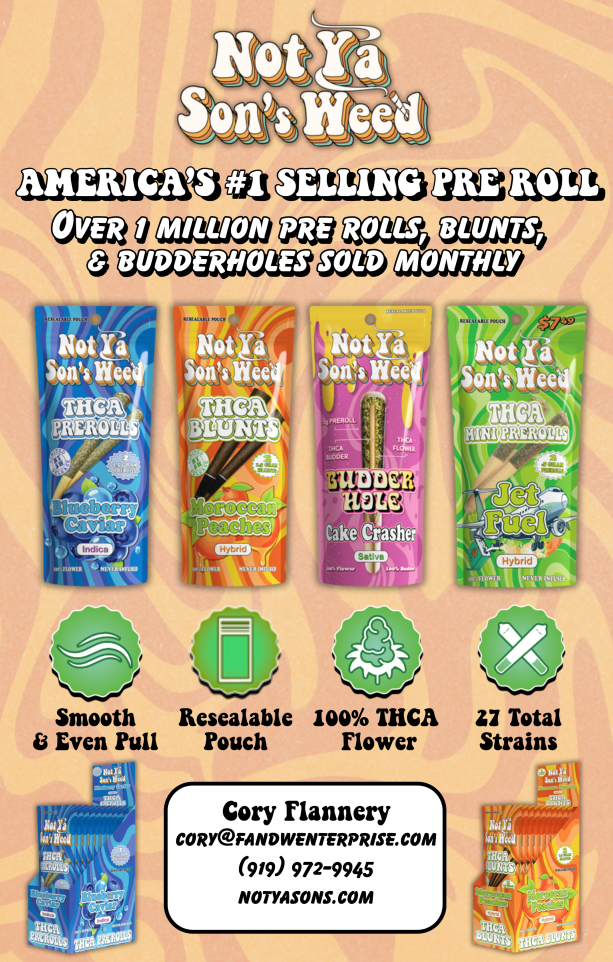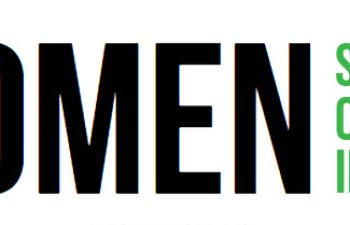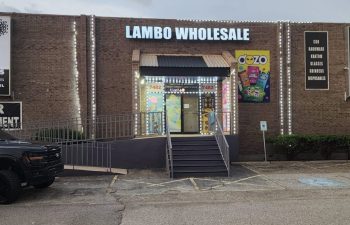Editor’s Note: We originally planned to run a piece examining the often-delicate relationship between retailers and local glass artists, focusing on their interactions and highlighting best practices. Naturally, we turned to industry veteran and former HQ contributor Fred Scorsch of Home Blown Glass for insight. With over 25 years of experience as a glass artist and entrepreneur, Fred is uniquely positioned to offer valuable perspectives. However, as our conversation unfolded, it quickly became clear there was a deeper, more timely story to explore—one that resonates strongly in today’s climate of industry uncertainty.
It’s a crisp Tuesday morning when I pick up the phone, and Fred Schorsch immediately has my ear. A natural storyteller, he weaves in and out of politics, history, and personal anecdotes for the better part of an hour, voice filled with passion and concern in equal measure. As a seasoned glassblower in Tempe, Arizona, the 36-year veteran of the head shop industry now finds himself navigating the unpredictable world of American glass artistry, facing challenges that are upending the lives of homegrown artisans in a globalized economy.
Fred’s journey into glassblowing began in the mid-1990s. Under the mentorship of renowned glass artist Dan K, he immersed himself in traditional Italian techniques. “In two days, I learned the fundamentals that helped me build a company lasting 25 years,” he says. The knowledge allowed him to channel his creativity and entrepreneurial spirit into a tangible craft that feeds families.
American labor is trying to keep up with workforces that have no protections or regulations
He established Home Blown Glass, focusing on producing glass components for stores rather than selling directly to consumers. This helped him navigate complex paraphernalia laws. “In Arizona, as long as the glass was clean, it wasn’t considered paraphernalia,” he explains. This legal nuance allowed his business to thrive in a niche market, somewhat shielded from federal crackdowns that affected similar enterprises elsewhere.

Fred delves into the historical context that shaped his industry; his storytelling is peppered with insights about labor rights, economic policies, and social justice. He discusses how, after the civil rights movement, new laws implemented continue to impact artisans like him. He mentions, for example, a time when his company once flourished. Strict federal regulations made importing glass paraphernalia illegal, effectively protecting American glassblowers from overseas competition. “It used to cost around $10,000 through illicit channels to get a shipping container into the U.S. because of these laws,” Fred notes. The insulation allowed him to offer his employees benefits uncommon in small manufacturing businesses, such as “seven major holidays off, two weeks of paid time off, and even [matched] health insurance,” he says. Several artisans stayed with him for more than 15 years—testament to the supportive environment he cultivated.
However, globalization began to alter the landscape. Countries like China and India entered the market, producing glass products at a fraction of the cost. Fred found himself competing on an uneven playing field. “American labor is trying to keep up with workforces that have no protections or regulations,” he laments. Designs he used to sell wholesale for $20 are being replicated overseas and sold for $5. “I approach stores with my original designs, and they tell me they get similar products from China for a quarter of the price.”

The influx of cheaper imports eroded his market share, forcing tough decisions about pricing and wages. “It’s been hard to pay my team what they’re worth,” he says. “The products I’m making are now devalued because the labor is so devalued.” The challenge is compounded by changes in state labor laws. Arizona’s minimum wage increase, while beneficial for workers, places additional strain on small businesses like his. “I hired skilled workers over the years, and suddenly, I had to pay new, unskilled employees the same starting wage due to the law. I support higher wages, but it puts pressure on businesses that can’t easily raise prices.”
The COVID-19 pandemic added another layer of difficulty. Initially, it brought a surge in demand. With people staying home—stimulus checks in hand—retailers scrambled to stock up. “We were backlogged for a year and a half,” Fred recalls. “I had stores doubling and tripling their orders because I was five months behind.” But as stimulus funds dried up and overstocked retailers halted new orders, sales plummeted. “I haven’t seen any wholesale orders for a year and a half,” he says.
Today, the operation has been significantly reduced. From 14 employees, Fred is down to four. “I had to lay off people who wanted to work but for whom I had no business,” he says somberly. “In a perfect world, labor would be as valued as the shareholder,” he argues. “Even if they made the tariffs 50 percent, they could still produce things cheaper. “On five dollars, 50 percent? Meanwhile, I’m producing it for twenty dollars?”
Fred sees parallels between his struggles and those of other artisans in America. “The middle class is shrinking, and so are opportunities for craftsmen and small business owners,” he says.
Faced with mounting challenges, he’s forced to innovate. “I don’t know if this company can really exist anymore,” he admits. “The only reason it exists now is because I have more people renting spots as hobbyists and retired people.” I ask what the solution to the craftsman crisis at hand is, and he struggles suddenly to find the words.
“American labor is trying to compete against labor that has no protections, has no regulations,” he says, finally. “ What’s the answer to that?”




















